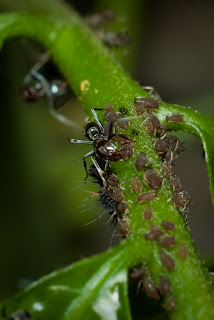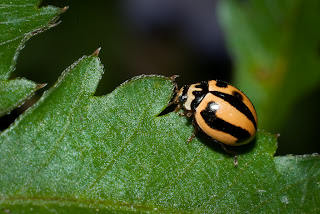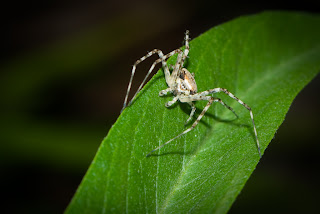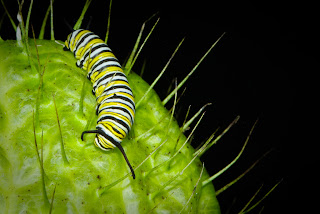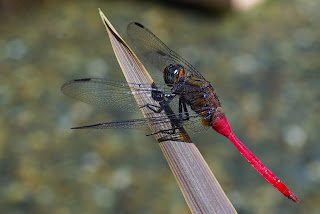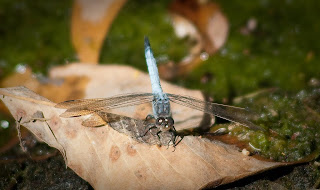Street Photography Series
Hyperfocal Distance
The hyperfocal distance is the focus point for any given focal length and aperture combination which gives the largest possible depth of field. Basically zone focus with the biggest possible zone.
How to Find It
Hyperfocal distance can be calculated using an online calculator, or an application such as Photobuddy. Another option (I did this before I got Photobuddy) is to write them down, because the only variables are focal length and aperture you can write down the hyperfocal distance for the most common focal lengths you will use, and each aperture. For example, if I am going shooting with my Pentax M 28mm lens, I know the focal length will be 28mm, and I know I won’t be shooting wide apertures without focusing on the subject itself. So what I can do is calculate and write down the hyperfocal distance at f5.6, f8.0, f11.0 and f16.0 as a small reference. The other option you have is to use the DOF scale on your lens (if it has one). This link has a good picture to show how to use the scale to set to hyperfocal distance.
Here is my example hyperfocal chart for a K200D with a 28mm lens (you probably dont actually need near limit written down, but it can be helpful – it is always half of the hyperfocal distance)
- f5.6 – 6.96m – near limit 3.48m
- f8.0 – 4.93m – near limit 2.465m
- f11.0 – 3.49m – near limit 1.745m
- f16.0 – 2.48m – near limit 1.24m
Applying Hyperfocal To Street Photography
To apply this method of focusing to your street photography is much like zone focusing. When you calculate your hyperfocal distance, you will know the near limit of acceptable focus. Once you know this, and can judge that distance, you can photograph anything which is at least that far away from you without having to focus on it. All you need to do is set your lens/body to the appropriate f-stop, focal length, and focus distance then start taking shots.
I will post up my results with this technique in the few days. I am waiting for the temps to drop, its been over 30 degrees C here all week!
